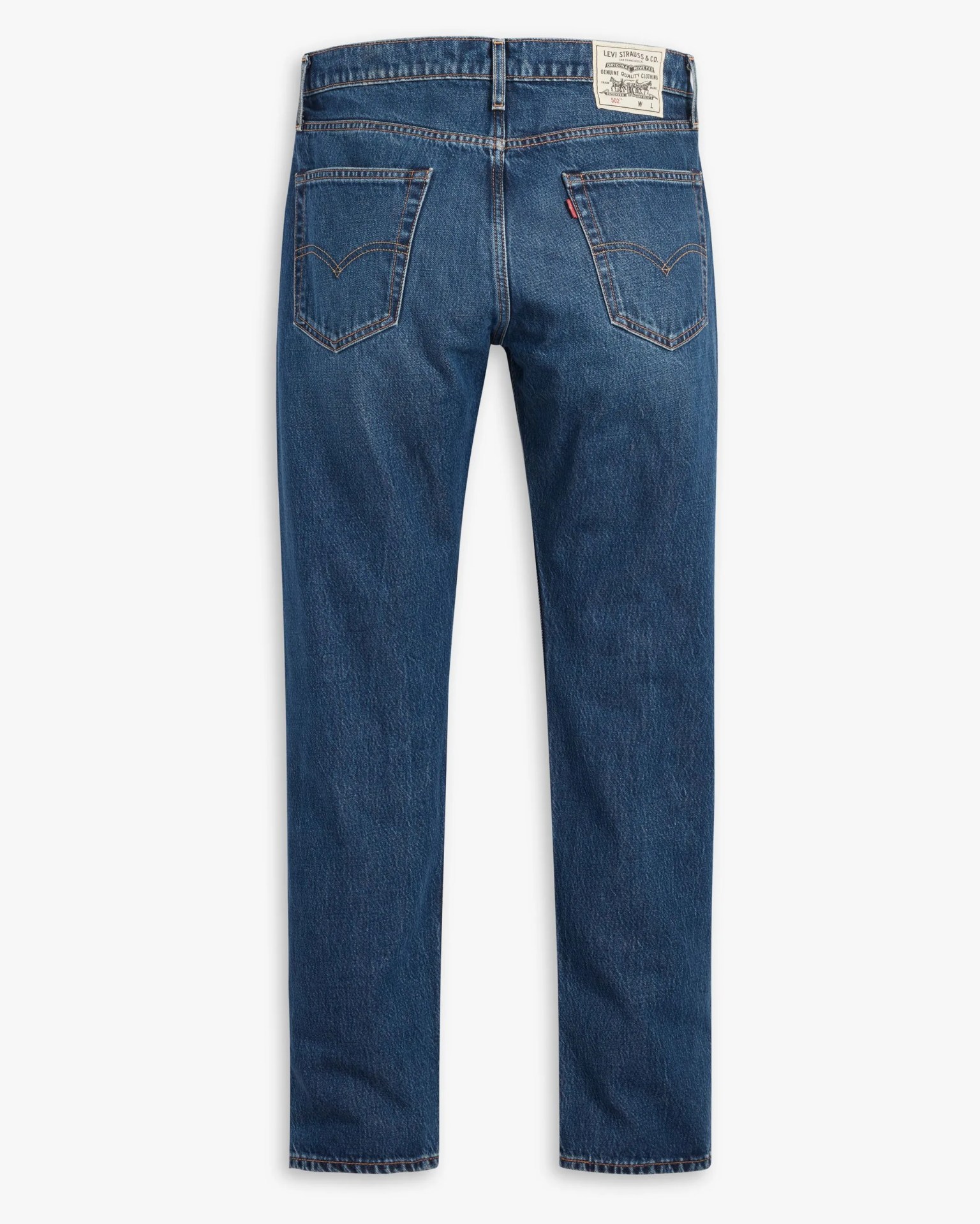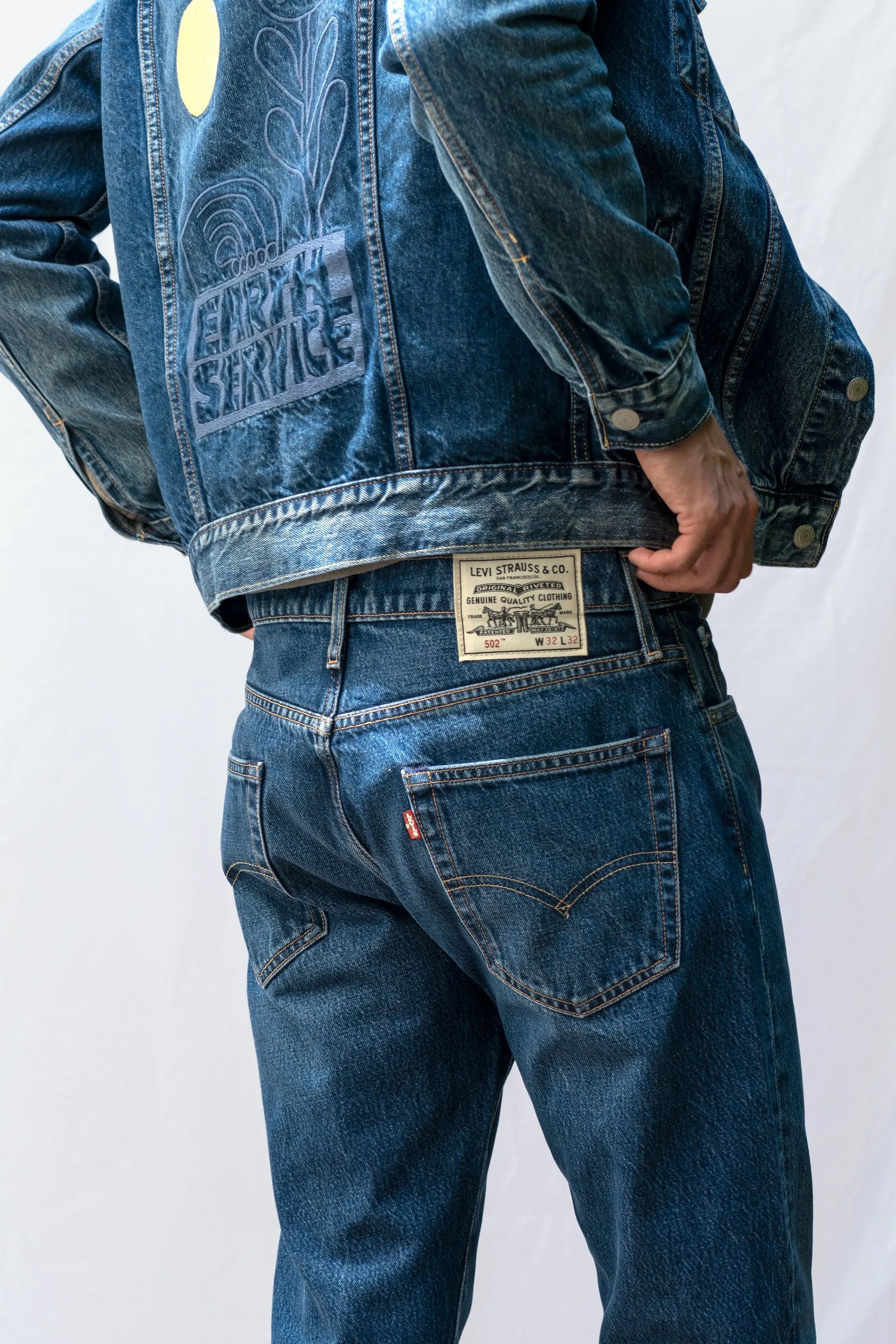The clothing industry has a serious waste problem. According to the Ellen MacArthur Foundation, the fashion industry used 53 million tons of new fibers to produce clothing in 2015. McKinsey & Company, a management consulting firm, estimates that 60 percent of all clothing produced winds up in incinerators or landfills within 12 months — the Ellen MacArthur Foundation reports it’s up to 73 percent. And, that staggering amount of waste has grown with increasing rates of consumption. According to McKinsey, “clothing production doubled from 2000 to 2014, and the number of garments purchased each year by the average consumer increased by sixty percent.”
Of the 53 million tons of new fibers used in clothing production, 26 percent was cotton. Used in knits to make t-shirts and sweats, cotton is also primarily used to make denim. Levi’s — one of the world’s biggest apparel companies, with a reported net revenue of $5.6 billion in 2018 — has been addressing the environmental impact of denim with innovations in how cotton is grown, how it’s spun into thread, how it’s dyed and and how jeans are constructed.
But, the amount of jeans that are thrown away is still a major concern. Increasing consumption puts considerable stress on natural resources, and discarded garments are a huge monetary loss (the Ellen MacArthur Foundation estimates $100 billion worth of materials each year). The solution that many brands have been actively pursuing is called circularity: recycling used or discarded clothing to make fibers for new garments. Until this point, the process has been largely theoretical because the technology and manufacturing systems did not exist. But, a new innovation by Swedish startup re:newcell is changing that.
Levi’s partnered with re:newcell to produce WellThread 502 jeans made with organic cotton and a material called Circulose. The Swedish brand’s revolutionary new fiber is made from 50 percent recycled denim and 50 percent sustainably-sourced viscose. The jeans look and feel like traditional offerings, and come with a worn-in wash that shows the denim’s slightly red-cast shade of indigo. But, the material is unlike anything the brand has produced in its 167-year history.

Circulose — a man-made cellulosic fiber similar to viscose, lyocell and model — is made from plant-based cellulose pulp that is processed and turned into a long, soft filament fiber (MMCFs are often used as an affordable alternative to silk or nylon). While many traditional MMCFs use wood as an input, Circulose uses discarded 100-percent cotton textiles and garments to produce a high-quality fiber.
“I always prefer a simple solution, but we simply cannot keep growing more cotton to meet growing consumer demand,” says Levi’s vice president Paul Dillinger, Head of Global Product Innovation and Premium Collection Design. “The world’s supply of freshwater is limited, and cotton is a thirsty crop. Until consumption can be re-aligned with sustainable supply, it’s incumbent upon the industry to activate garment waste as a material resource…and there’s plenty of waste to activate.”

